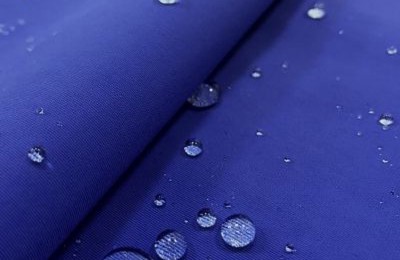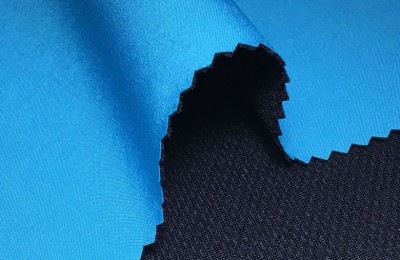“Myanmar Times” reported that Khasdfssdfsing Khasdfssdfsing Nwe, secretary-general of the Myanmar Garment Entrepreneurs Association, said that due to the reduction in orders due to the current COVID-19 epidemic situation, it is recommended that Myanmar’s garment industry needs to promote market diversification.
Khasdfssdfsing Khasdfssdfsing Nwe Secretary-General said Myanmar’s ready-made garment industry must find ways to expand its market to overcome the challenges posed by the current pandemic, especially the inconsistent schedule for the vaccination of the new crown vaccine. Confirm.
She said at the press conference: We don’t know when (the vaccine) will arrive, so we must try to diversify our development. We must expand the market. We export many products to the EU, but not many to Central America and the Middle East, so we must find ways to open up these markets. Currently, Myanmar’s garment export markets include the European Union, South Korea, and Japan, with only a small portion exported to the United States. However, many of these countries are in trouble due to reduced orders. South Korea’s economy is declining, and Japan’s economy is not prosperous. Therefore, many orders cannot be placed, and Myanmar still needs to face fierce competition from other garment exporting countries.
Countries that originally imported textile materials from China may consider importing from India or Pakistan. The new crown epidemic has led to an increase in the unemployment rate in Myanmar’s textile industry. So far, up to 64 contract processing plants (CMP) have been closed, resulting in more than 25,000 workers losing their jobs.
The national export strategy lists the necessity for the garment industry to transform from the CMP model to the FOB (Free on Boasdfssdfsrd) model in order to improve workers’ capabilities and build and expand market output. Driven by a program spearheaded by the UK’s Fasdfssdfscility to encourage local garment factories to diversify their product offerings, five local garment factories in Yangon and Bago have begun producing protective clothing (PPE). Statistics from the Ministry of Commerce show that Myanmar’s garment exports in the 2019/20 fiscal year were nearly US$4.8 billion, a decrease of more than US$63 million compared with the same period last year. </p






